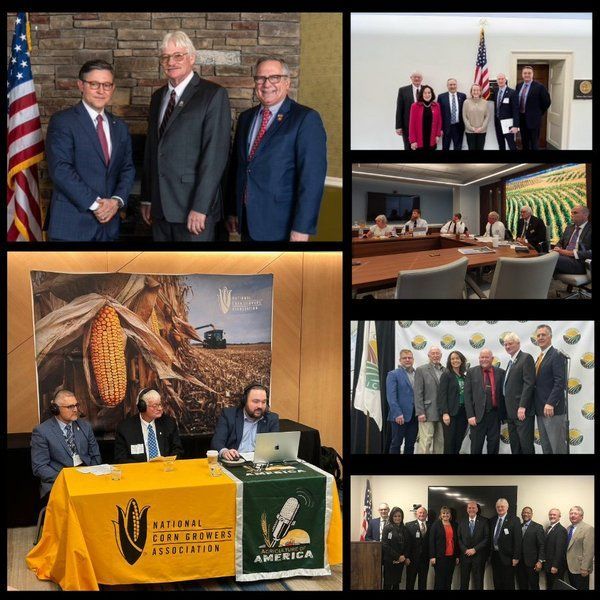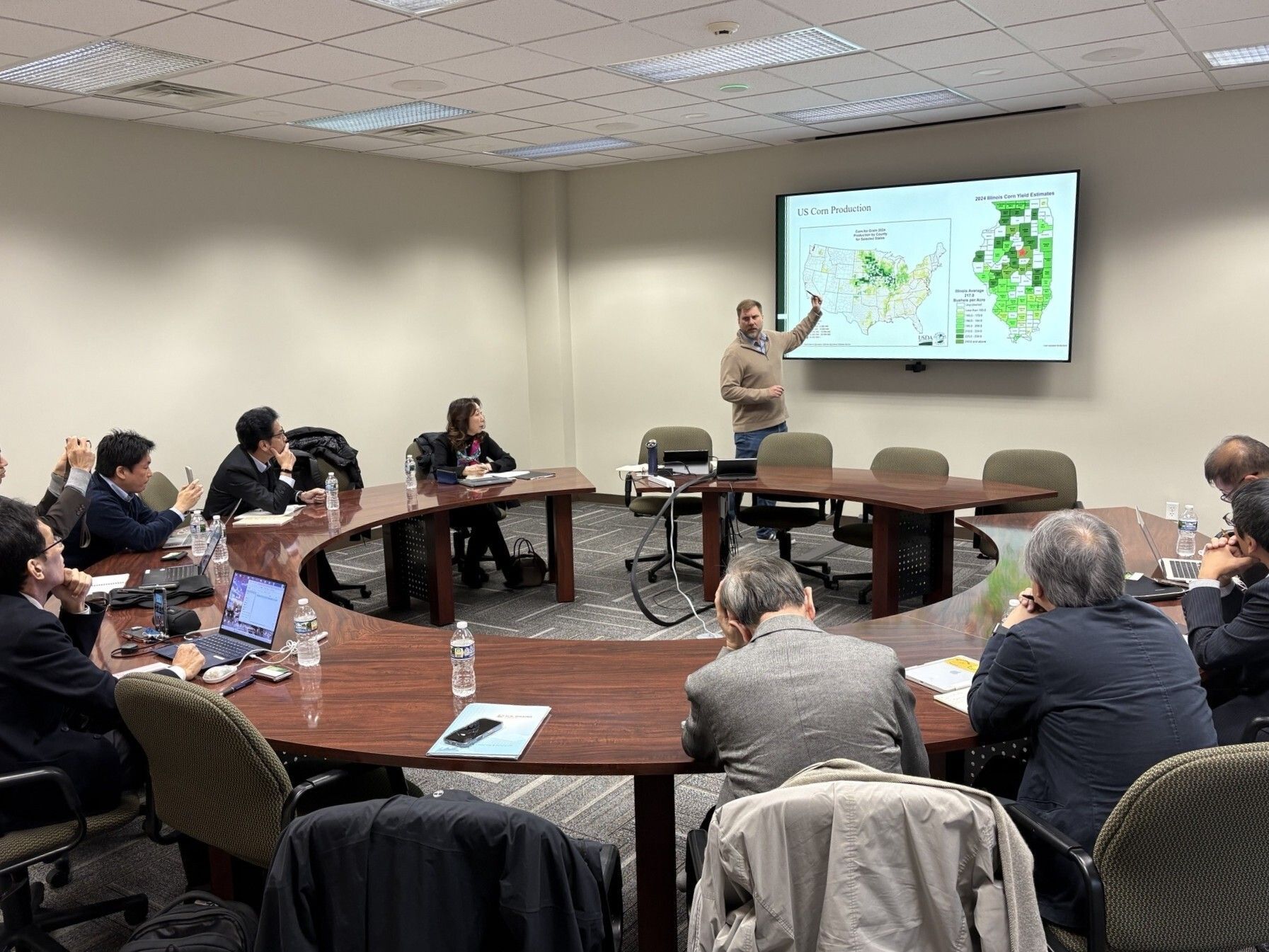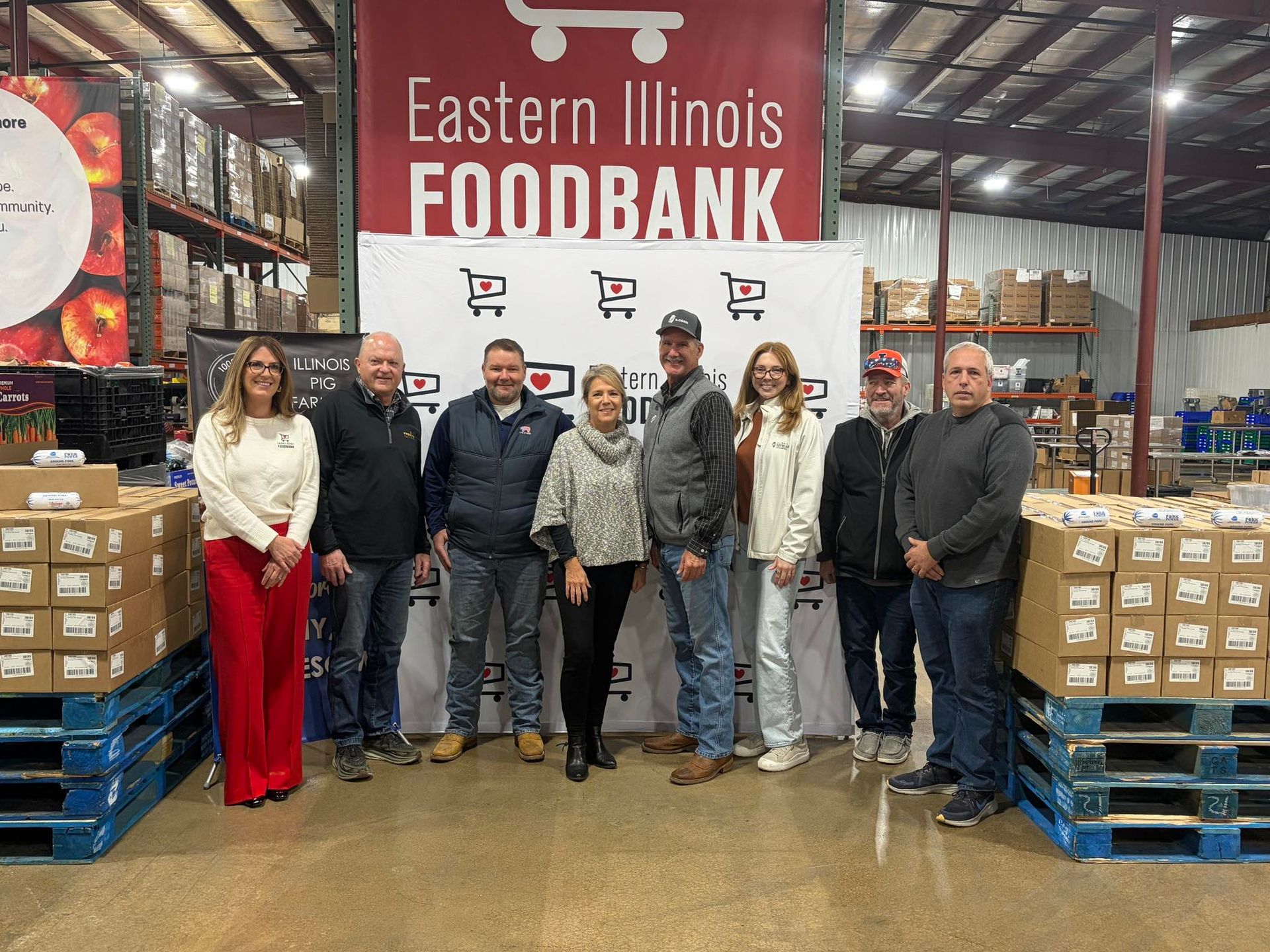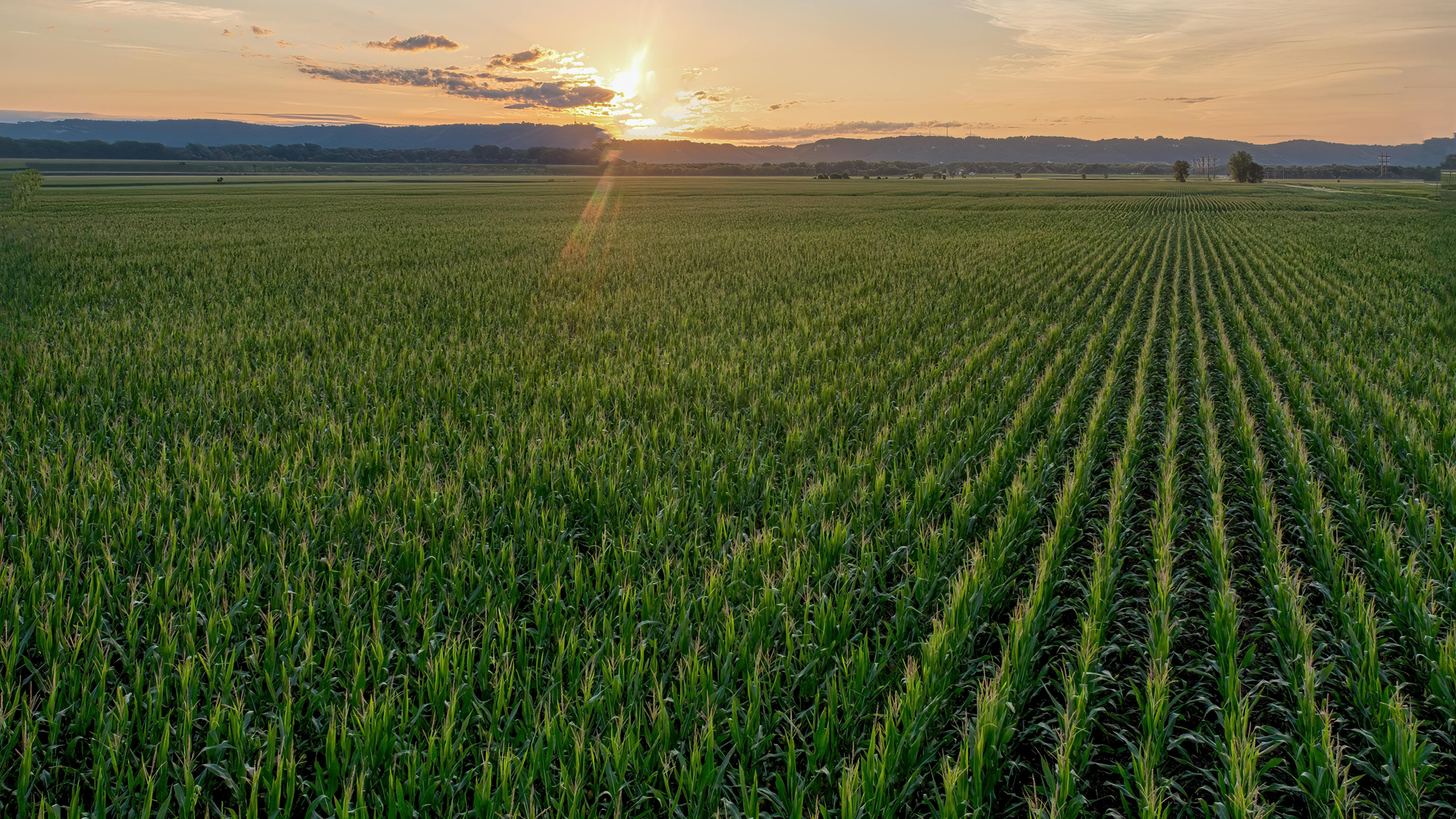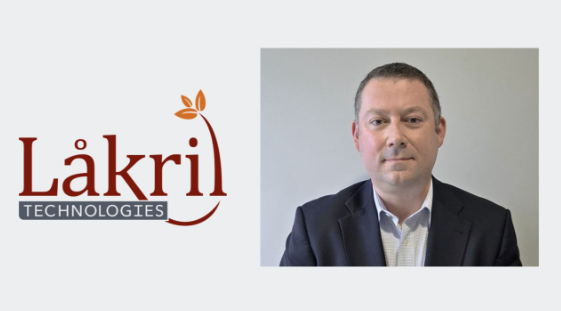Nayak Farms | A farm based on innovation and giving
I got the chance to catch one of the founders of Nayak Farms, Dr. Nayak, and was extremely impressed by their mission and how they’re helping Illinois. Here’s a brief summary of what I learned.
Nayak Farms Background
Dr. Nayak founded the Strength to Love foundation that passionately believes that all human beings have the universal rights to livery, food, shelter, clothing, healthcare, education and work. From that foundation, Nayak Farms was born. Farmland currently in Gardner, Illinois – farmed by a tenant of Dr. Nayak. One of the main goals of this farm is to help logistically coordinate the largest donation of sweet corn in Illinois hoping to also be a model to other sweet corn farmers later and continue the efforts to feed Illinois.
For non-farmers – The majority of corn in Illinois that is grown is known as dent or field corn. Around 13,000 acres of sweet (edible) corn was planted in Illinois in 2021 compared to 11,000,000 acres of field corn.
Cover Crops & Robots
In the video below, Dr. Nayak speaks on the importance of cover crops and the different programs (that IL Corn also strongly support and for some programs have helped to initiate) and the environment at the same time. Only a small percentage of farmers use cover crops currently.
On another adventure, Nayak Farms has partnered with EarthSense to use cutting edge robots called TerraSentia to help collect 100s of times of field data with minimal effort to improve the quality of their crops. This data will also help their farming to be more efficient with season long data collection enabling increased understanding of stalk genetics and its impact to plant development and performance. They plan to use three robots upcoming this summer to collect data for planting season.
If you’re working with the PCM team (precision conservation management), then Earthsense is offering a deal if you would like to use their automated robot planters. Contact your PCM Specialist for more details.
Feeding Illinois
When it comes to donating from farms to table – logistically large amounts are hard for farmers to donate. Buying additional trucks for transport, packaging or even storing donation seems more difficult and costly. Nayak Farms is building a model that they hope can help other farms to follow suit. In 2022, big projects (besides opening a new FREE allergy clinic in Gardner, Illinois) include building a large commercial storage facility to store their corn and other specialty crops. Using hydroponics and aquaponics with the help of Growspan and donating 350,000 pounds of sweet corn to Feeding Illinois. In 2025, Nayak Farms hopes to make the donation of 1 million lbs.
Watch more on Dr. Nayak – his background, foundation, and farm.


